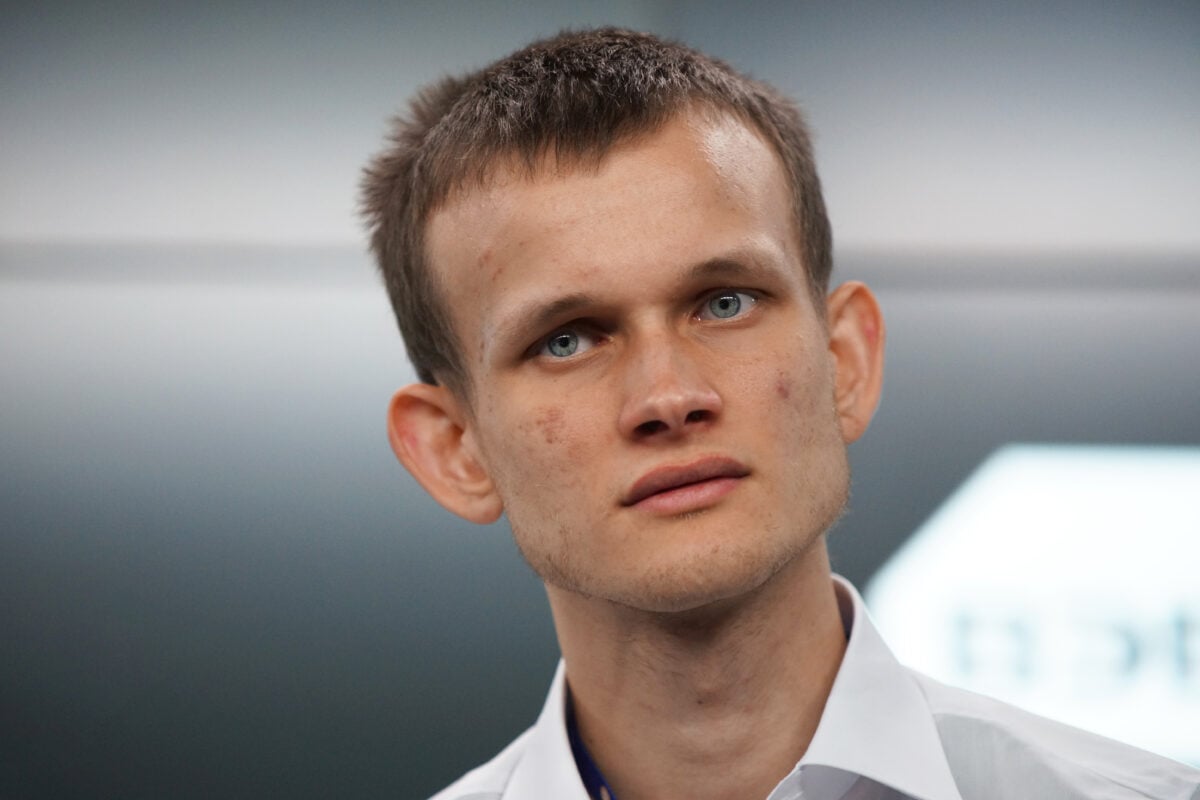TLDR
- Vitalik Buterin defends Ethereum’s layer-2 security, claiming it inherits strong protection from the base layer.
- Buterin emphasizes that Ethereum L2 solutions are immune to 51% attacks, ensuring asset security.
- Anatoly Yakovenko raises concerns about the security of Ethereum L2 solutions, citing technical limitations and unresolved issues.
- Yakovenko raises concerns about the complexity and vulnerability of L2 codebases, which are hard to audit.
- The Ethereum L2 ecosystem has grown significantly, with 129 verified networks holding over $35 billion in locked value.
The debate over Ethereum’s layer-2 (L2) solutions has escalated as Vitalik Buterin and Anatoly Yakovenko voiced opposing views on security. Buterin, Ethereum’s co-founder, defends the security of L2 networks, while Yakovenko, Solana’s co-founder, questions their effectiveness. The clash highlights key differences in perspectives on the robustness of Ethereum’s Layer 2 (L2) solutions.
Buterin Defends Ethereum Layer-2 Security
Vitalik Buterin strongly argues that Ethereum’s layer-2 solutions inherit security from the base layer, providing robust protection. He emphasized that a 51% attack cannot make an invalid block valid.
According to Buterin, even if 51% of validators were to collude or encounter a software bug, the security of Ethereum L2s would not be compromised.
“A key property of a blockchain is that even a 51% attack cannot make an invalid block valid,” he stated in a recent post on X.
Regular reminder:
A key property of a blockchain is that even a 51% attack *cannot make an invalid block valid*. This means even 51% of validators colluding (or hit by a software bug) cannot steal your assets.
However, this property does not carry over if you start trusting…
— vitalik.eth (@VitalikButerin) October 26, 2025
However, Buterin acknowledged certain limitations in L2 security. He noted that these solutions lose their security guarantees when validators are trusted with functions beyond the control of Ethereum’s base chain. “At that point, 51% of validators can collude and give a wrong answer, and you don’t have any recourse,” Buterin added. Despite these concerns, Ethereum’s large validator set, comprising over one million participants, enhances the security of its L2 networks.
Yakovenko Questions Ethereum Layer-2’s Security
Anatoly Yakovenko, co-founder of Solana, raised doubts about the security of Ethereum’s layer-2 solutions. He criticized the technical limitations that hinder L2s from achieving the desired security properties. “Yes, there is something fundamental about L2s that makes it difficult actually to achieve the desired security,” Yakovenko said. He argued that if L2s were secure, they would have already achieved robust security after five years of development.
The claim that L2s inherit eth security is erroneous. 5 years into the L2 roadmap, wormhole eth on solana has the same worst case risks as eth on base and generates as much revenue for eth L1 stakers. It’s wrong no matter how you slice it.
— toly 🇺🇸 (@aeyakovenko) October 26, 2025
Yakovenko’s concerns focus on three main issues with current L2 implementations. The first is the complex codebases of L2 networks, which are difficult to audit comprehensively. The second issue is multi-signature custody arrangements, where colluding signers could move funds without user consent. Finally, Yakovenko criticized off-chain processing mechanisms that centralize control, which contradicts the blockchain’s core principles of decentralization.
The Ethereum layer-2 ecosystem has grown significantly in recent years. According to L2Beat, there are currently 129 verified Ethereum L2 networks, alongside 29 unverified ones. These networks are integral to Ethereum’s scalability and have a combined locked value exceeding $35 billion. However, as the ecosystem expands, the debate over whether it fosters innovation or creates inefficiencies continues to divide the crypto community.





